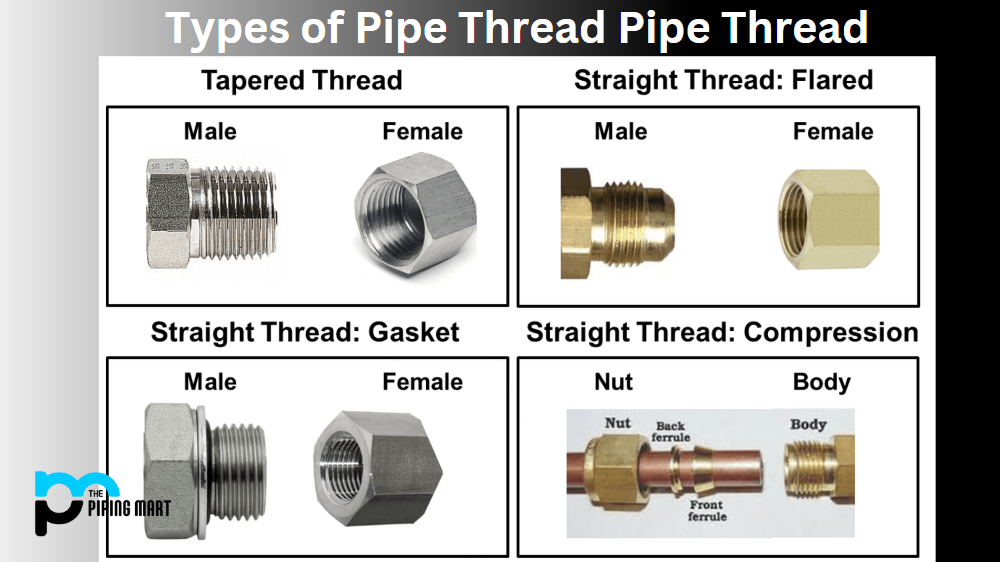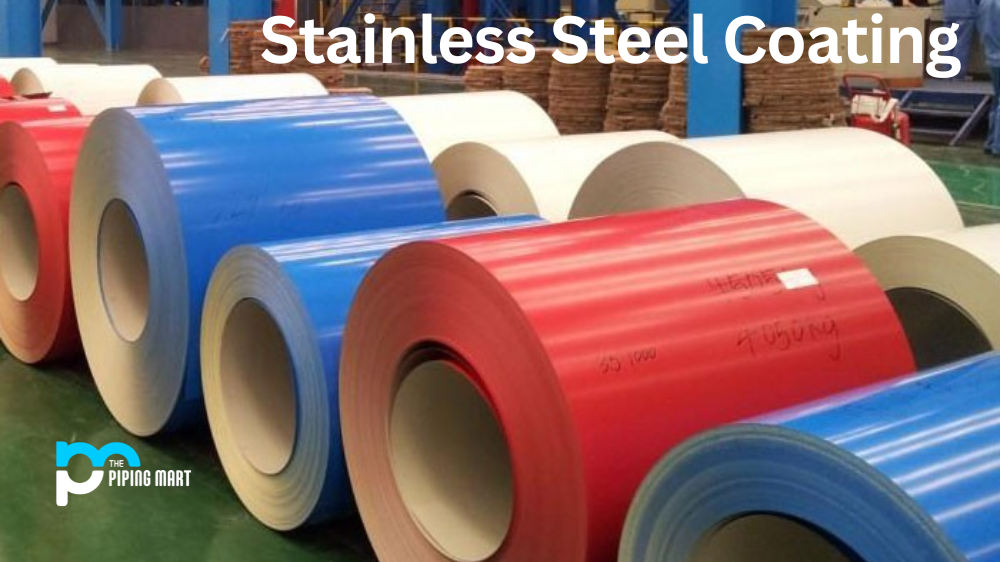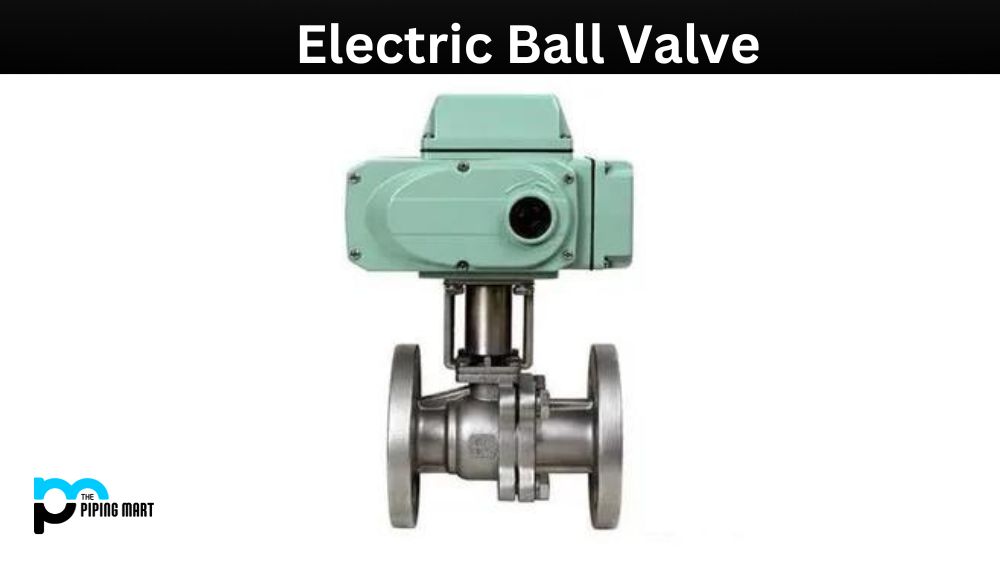Piping systems are one of the most critical components in various industries, so they should be designed, installed, and maintained properly to ensure optimal functionality. One minor but significant aspect of piping systems is pipe threading. Pipe threading creates screw-like grooves on pipes that allow them to be screwed together, forming a leak-tight seal. However, not all lines have the same type of threads. This blog post will discuss the different types of pipe threads available today.
Types of Pipe Thread
Tapered Pipe Thread
Tapered pipe threads are the most common types used in various industries. These threads have a conical shape that tightens as you screw the pipes together, creating a tight seal. The National Pipe Thread (NPT) is a common tapered pipe thread standard used in the United States and Canada. The NPT thread has a 60-degree angle and features rounded peaks and valleys, allowing it to create a tight seal without using a gasket. NPT threads are ideal for pipes conveying liquids or gases under pressure.
Straight Pipe Thread
As the name suggests, straight pipe threads are cylindrical, making them uniform along their entire length. Straight pipe threads do not create a tight seal, unlike tapered pipe threads. They require a gasket or an O-ring to seal the joint. A popular straight pipe thread standard is the Unified Thread Standard (UTS), commonly used in the United States and Europe for pipes carrying non-pressurized fluids, such as drainage pipes.
API Line Pipe Thread
API line pipe threads are commonly used in the oil and gas industry and are designed to withstand high pressure and temperature. These threads are tapered with rounded peaks and valleys like NPT threads. However, they have a different thread angle of 30 degrees instead of 60 degrees. API line pipe threads require a thread compound to lubricate the threads and enhance the seal. API line pipe threads are unsuitable for pipes carrying fluids and gases at low pressure.
Buttress Thread
Buttress threads feature inclined planes on both sides of the line. These threads are commonly used in pipes carrying heavy loads and high pressures, such as pipes used in hydraulic systems. Buttress threads come in two types: internal and external. The external buttress thread is flat on the outside of the line, while the internal buttress thread is flat on the inside. Buttress threads create a tight seal, but lubrication is necessary to prevent damage.
Square Thread
Square threads are a type of straight pipe thread with a unique rectangular shape. These threads have high strength and are commonly used in high-power transmission applications, such as lead screws. The threads tend to wear less than other thread types but require more precise machining than different thread types.
Conclusion
Proper pipe threading is essential to ensure a robust and leak-free piping system. By understanding the types of pipe threads available, you can decide on the line to use in your application. Whether installing new pipes or maintaining existing ones, understanding the nuances of pipe threads can save time, money, and energy in the long run.
Sakshee is a talented blogger, with a particular focus on the Business and Metal Industry. She is passionate about sharing her insights on various metal products and helping professionals to make a better decisions.




